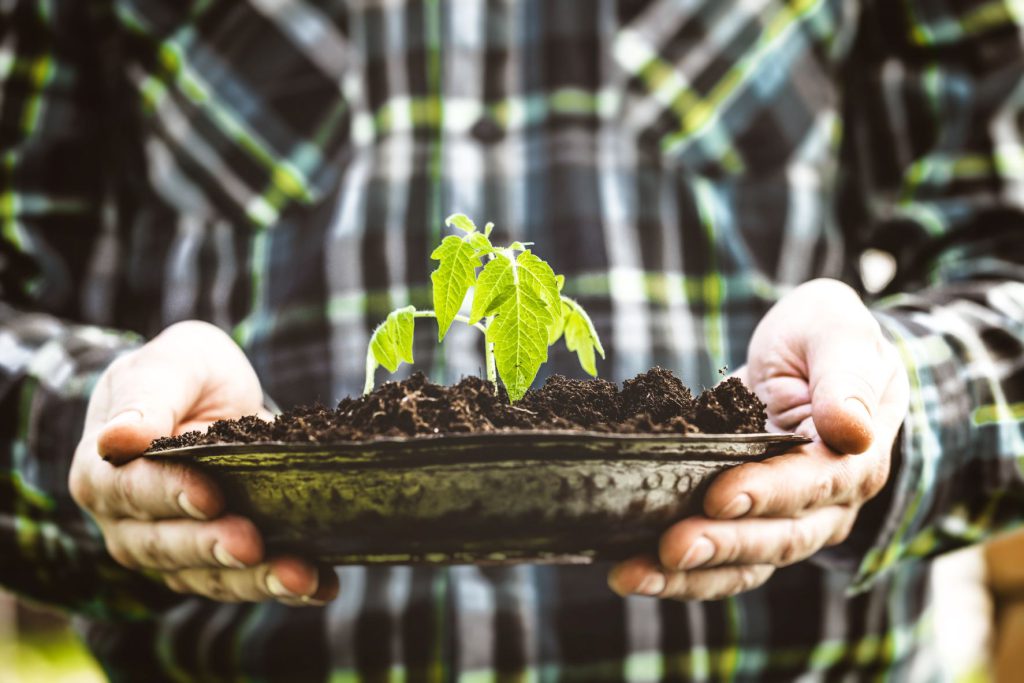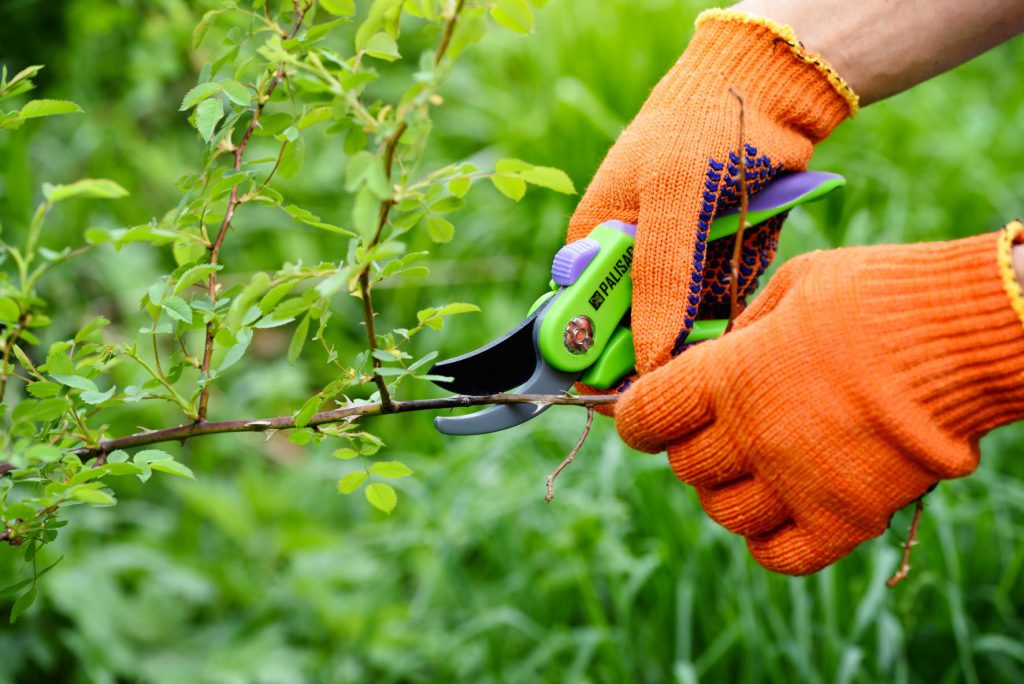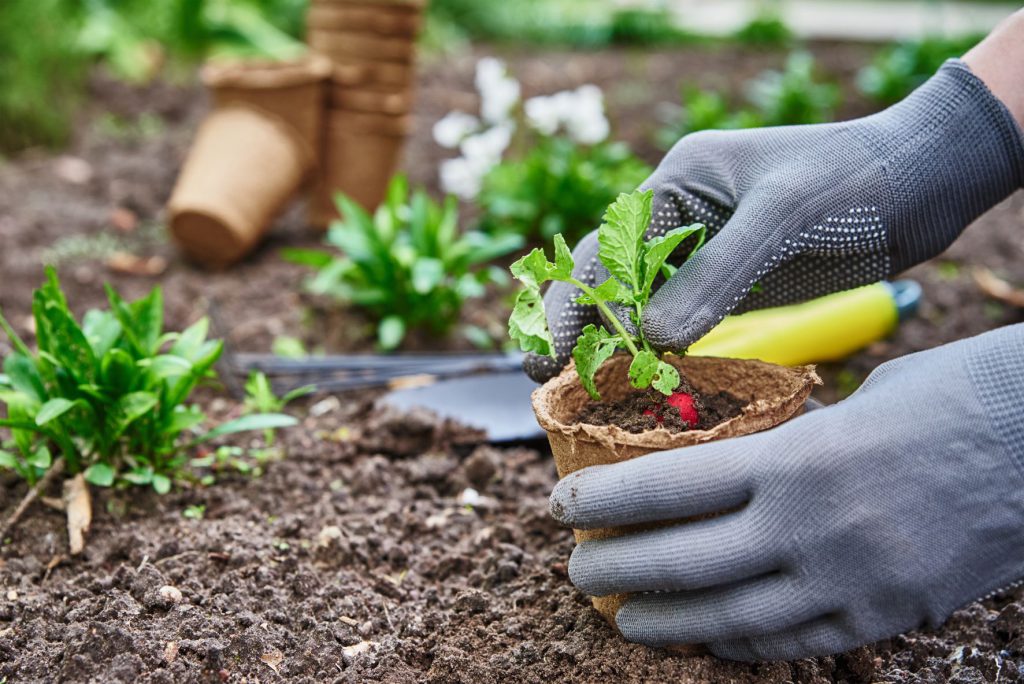The Secret to Gardening
No matter if you are renting or owning a house, there are some basic principles that you can use in order to make your garden unique. Plants need sunlight and attention. Keep them well-watered. It is helpful to know the climate at your location.
Basic gardening tips
Learn some basic gardening tips to add greenery and beauty to your patio or deck. Whether you are a beginner or an experienced gardener, you’ll want to follow these basic guidelines to make your garden a beautiful space. Once you’ve understood these tips, you’ll be well on your way to making your garden look amazing.
First of all, you’ll need to know what kind of soil is best for different types of plants. It doesn’t matter if you are planting vegetables or herbs. You need to know what type of soil is best for each plant. You will also need to know when to prune your hostas and when to divide them. Also, ensure your plants get enough sun and water. Keeping a list of these basic gardening tips will help you to make sure your plants get the best possible conditions.
Plants require attention
When it comes to gardening, it is essential to give your plants the attention they need. Some plants can be self-sufficient, but others need extra support to thrive. To encourage new blooms, flowering plants must be pruned regularly. They also need space and water. As long as you give them this, they will thrive.

They need water
Water is one of the most important aspects in gardening. Water is essential for gardening. However, soil should not be too dry. Plants can only survive if they have the right moisture level. A general rule of thumb is to water your soil at least one inch a week.
Watering your plants in the early morning is a good idea. It will help them to absorb water more effectively and keep the temperature down. This will allow them to absorb water more effectively and prevent evaporation. Avoid watering in the afternoon, which will also drain your local water supply.
They need sunlight
Gardening is a science. However, understanding sunlight is only half. It is important that you remember that plants have different needs for sunlight, depending on when they are getting it and how intense. For example, the intensity of early morning sunlight is lower than that of midday sun. Certain plants thrive in this environment.
Sunlight is essential to the health of plants because it helps them make energy. It is the fuel that allows plants to grow. Without sunlight, plants can’t produce this energy, so it’s important to make sure the right amount of light is available. However, too much sunlight can damage leaves and eventually kill a plant. To get the best light, you need to plan your garden with the proper type of plants for the right location.
They need compost
To break down organic material, compost piles require oxygen and water. They should be placed in close proximity to a garden or work area. Compost should also have a moist feel, like a sponge. The shade will retain moisture, and keep the compost pile cooler in winter. It is important that the pile be turned at least once per week.
Compost is an excellent source of nutrients for plants. It is hard to replace the nutrients plants require during every growing season. Even if you have the best soil, there is no commercial fertilizer which can provide the nutrients your plants need. Compost provides a slow release of these nutrients, and the microorganisms in compost help plants better absorb fertilizers.

